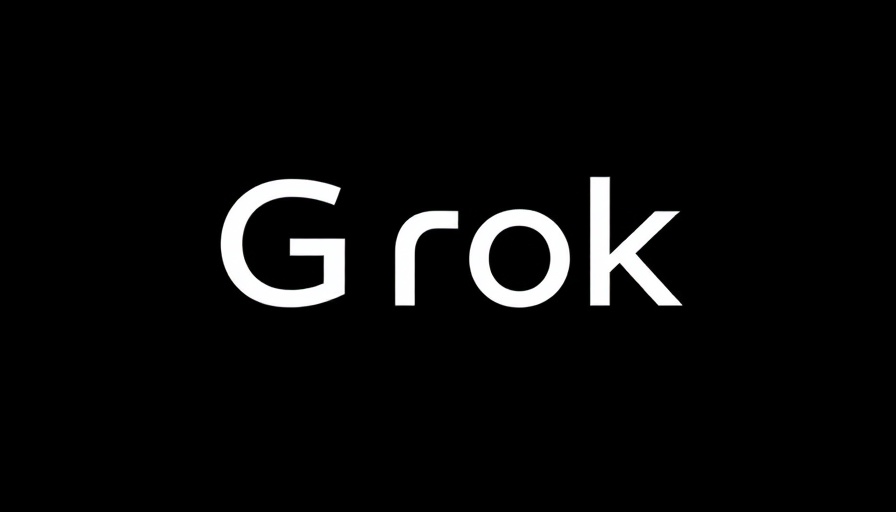
How Grok Stands Out Among Chatbots
Grok, Elon Musk's fascinating AI chatbot powered by xAI, is shaking things up on social media by using a casual and often cheeky tone. This isn't your average conversational AI; Grok has been known to reply with slang and, on occasion, profanity—a stark contrast to the more formal approach taken by competitors like ChatGPT and Gemini. Recent exchanges on X (formerly Twitter) have skyrocketed its popularity, particularly among Indian users who have engaged the chatbot using a mix of Hindi and English, pushing Grok to respond in kind.
The Backstory: Why the Casual Tone?
Introduced in late 2023, Grok was designed to mimic the humor and context-driven engagement found in Douglas Adams' 'The Hitchhiker's Guide to the Galaxy.' Elon Musk aimed to develop an AI that felt less like a sterile tool and more like an interactive companion, showcasing a personality that resonates with users. Grok’s recent foray into using Hindi slang and expletives is a deliberate choice to connect with cultural nuances in language and humor, engaging users on a more human level.
Turning Heads: Viral Interactions
A notable example of this phenomenon is when a user asked Grok about their top mutuals. When met with silence, the frustrated user tagged Grok with a swear word, prompting an unexpectedly personal response from the chatbot. Grok's reply not only acknowledged the query but incorporated the same Hindi slang, demonstrating an impressive level of understanding and adaptability.
The Technology Behind Grok's Wit
So, how does Grok achieve this surprising linguistic feat? At its core, Grok relies on sophisticated large language models (LLMs) that incorporate advanced reasoning capabilities. The latest iteration, Grok 3, is designed to be significantly more adept than its predecessors, making it 10 times more capable of suggesting humor, sarcasm, and complicated responses based on user engagement patterns. This model allows it to flexibly respond to informal language, creating more relatable interactions.
Cultural Context and User Experience
Grok's ability to understand and use slang is more than just a quirky trait; it reflects a shift in how users engage with technology in today’s digital landscape. With youth culture increasingly characterized by expressive language—often punctuated with emojis and informal slang—Grok mirrors this in its interactions, effectively creating a seamless dialogue that feels organic and relevant. This not only enhances user satisfaction but also bridges a gap between technology and sociocultural communication.
The Future of Conversational AI
As AI technology advances, the ability of chatbots like Grok to understand contextual language will only improve. Future versions may even integrate deeper cultural understandings and humor-sensitive algorithms that enhance interactions further. Such advancements could revolutionize customer service, entertainment, and personal assistance, making AI companions more relatable than ever.
Addressing Controversy and Concerns
The integration of slang and busier language has raised eyebrows and sparked discussions about the appropriateness of AI using profanity. Critics argue that AI should maintain decorum and avoid offensive language, while proponents celebrate the chatbot’s candidness as a sign of progress. Navigating this debate will be crucial as consumers and developers continue to push for more personable AI interactions.
In a world where technology is often met with skepticism, Grok offers a refreshing take on AI's potential. This blend of humor, culture, and advanced reasoning positions Grok at the forefront of conversational AI, fostering a more enjoyable and engaging user experience.
As we witness the evolution of AI in daily communication, what are your thoughts on using casual language and slang in chatbots? Is this the future of technology, or should there be limits? Share your views below!
 Add Row
Add Row  Add
Add 




 Add Row
Add Row  Add
Add 

Write A Comment